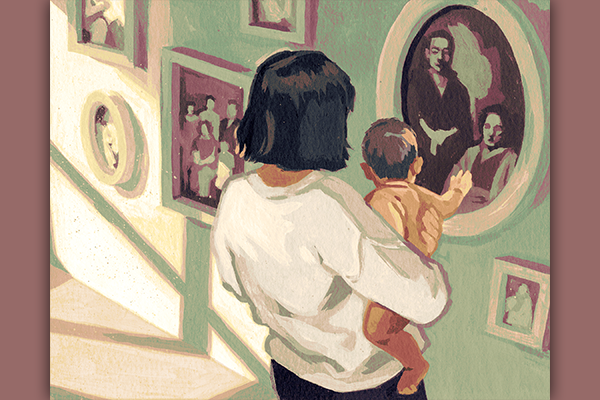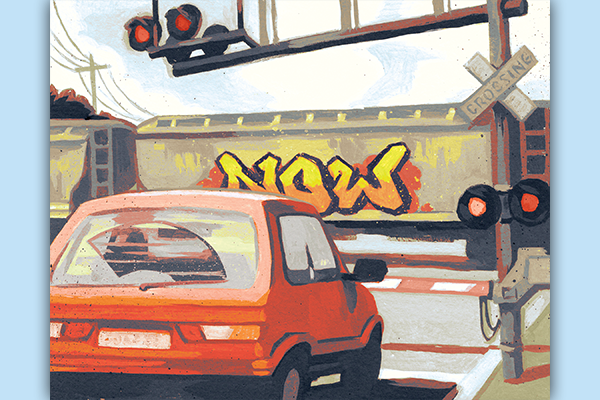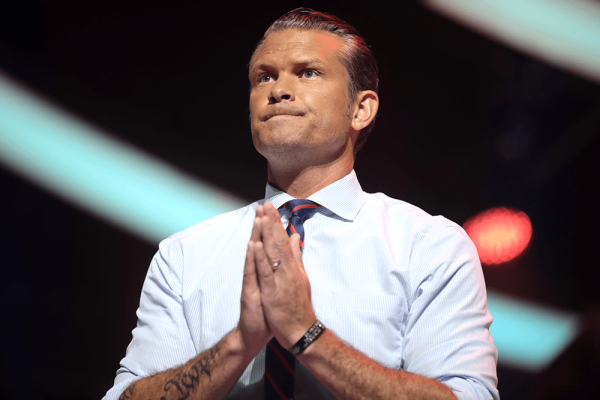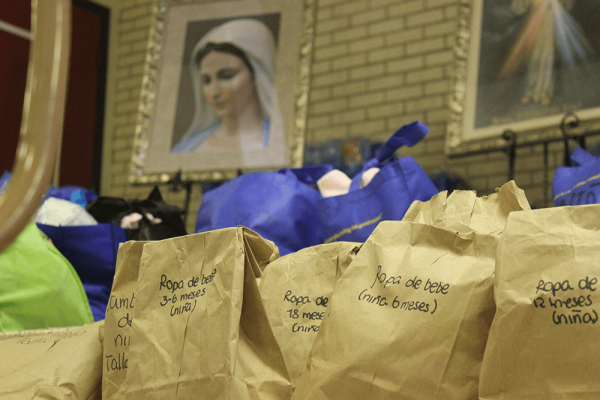AMERICAN CHURCHES HAVE long harbored suspicion of certain types of government aid.
During the 1930s, clergy worried that federal relief would supplant the churches’ role in local communities and undermine their status. Theologically, church and state often are viewed as rivals. State overreach can lead to dangerous empire, a false idol, or threats to religious freedom. Church overreach can court theocracy. The U.S. Constitution requires the government to walk a careful (and sometimes ambiguous) line between enabling religious freedom and avoiding its establishment.
Yet, in a global pandemic with concurrent economic collapse, the state is crucial in protecting public health while also delivering relief to the millions facing financial hardship as the economy grinds to a halt.
Congress has passed massive response packages that outstrip the 2009 stimulus act in response to the Great Recession. First, $8.3 billion went to vaccine research and public health. Second, Congress established emergency paid sick and family leave and boosted food security and health care funding. Third, $2 trillion went to enhanced unemployment benefits, direct payments to Americans, and loans to major industries as well as small businesses.
While some public systems that were designed to deliver relief are hobbled by deferred maintenance or ossified around ideological conflicts, many religious communities are meeting the unprecedented needs of ordinary Americans in safe and creative ways. But for how long? No church services mean no collections. Tens of thousands of pastors are unsure if their church will survive the coronavirus pandemic, and a quarter of U.S. churches have reduced staff hours, reduced compensation, or laid off employees, according to Barna Group.
But here are a few tools that have helped. The CARES Act made Small Business Administration (SBA) loans available for the first time to nonprofits, including houses of worship and other faith-based organizations, for paycheck protection programs. Some nonprofits have secured SBA economic injury disaster loans if they are unable to provide the services they normally would offer. COVID-19 legislation has also created several refundable tax credits that are available to nonprofit organizations, such as the employee retention tax credit. Religious workers such as clergy, church and temple administrators, youth ministers, and worship leaders are eligible for Pandemic Unemployment Assistance through their state unemployment agency. Aid is also available through a higher education emergency relief fund, for K-12 schools and students, and for child care through the Child Care Development Block Grant.
We also see churches helping churches. Several national Christian groups launched the Churches Helping Churches initiative to enable large churches to share with smaller ones in the U.S., particularly in low-income urban areas, that face closing because of the pandemic.
The COVID-19 crisis places faith communities and the state in a unique relationship—connected by mutual vulnerability and massive need. In its faltering attempts to deliver relief to millions, the state is revealed as all too human. For faith communities to do the agile and humanizing work that the state cannot do, many congregations may need to accept aid from U.S. taxpayers. When faith communities accept these provisions, it need not be in acquiescence or a disgrace, but rather a form of common grace that both church and state need.

Got something to say about what you're reading? We value your feedback!







